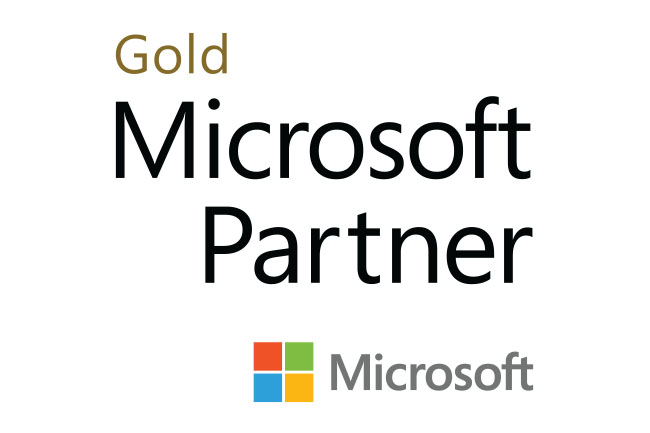Polish your audit performance with dynamic cleaning
Dynamic cleaning is one of those rare phenomena – a development that’s a win for everyone involved. Soft FM companies can cut costs and improve the...
Be honest with me now. Do your cleaning audits give you anything of value or are they just a tick-box exercise you’re forced to perform to satisfy the contract?
My bugbear is that audits, in their current form, tend to be little more than a delivery note. A manager turns up, takes a walk around the premises (with or without the client), signs a form and business continues as normal. There’s little or no follow up, and the score is often predicated by the relationship with the client.
Having worked in the cleaning business myself, if I had an audit booked for the twelfth of the month, guess which day I’d schedule a thorough clean? (No prize for answering the eleventh).
My point is that people pay lip service to audits. So what’s the solution?
_20(1)-jpeg.png?width=350&name=AdobeStock_429081291_20(1)_20(1)-jpeg.png)
I believe the whole audit concept needs to be transformed, with a little help from works management software (WMS).
First off, to squeeze genuine value from an audit, we need to treat them as an indispensable tool to monitor standards and improve service. Done properly, audits can produce valuable insights that show where and when to deploy resources for maximum impact.
This is as much for your benefit as it is for the customers – it allows you to establish an evidence-based dialogue that’s grounded in detailed information about what you can do and what needs improving or tweaking. It justifies your resource and demonstrates your output.
Audits, as we currently know them, don’t go far enough. Here’s my proposal for “Audits 2.0”, which would give organisations a 360-degree view of cleaning performance.
To be fit for purpose, you need two kinds of audit, backed by data from your WMS:
%20(1)-jpeg.jpeg?width=350&name=IMAGE3%20(4)%20(1)-jpeg.jpeg)
Audits normally show you a fixed point in time, but with a digital works management platform and application, this audit can be done continuously. Using a mobile device, your cleaners can confirm their presence in an area by scanning a QR tag, tell you what they cleaned by following a workflow, and take pictures and upload them to the cloud to evidence the work.
Ideally, you want a platform that can also display this data in a nifty dashboard that shows you instantly all the information you need to confirm the job is being done.
-jpeg.png?width=350&name=IMAGE4_20(2)-jpeg.png)
Most cleaning businesses have astronomically high rates of staff turnover, which increases training costs and productivity and, ultimately, can affect contract performance and retention. For this reason, it makes sense to also check how your teams are doing, if they have the tools they need to finish the job and their general well-being.
Other factors will be your SLAs, customer expectations and service consistency.
This all feeds into the key question for a contract audit: how well am I serving my customers?
It’s likely that these audits will be more bespoke – and can be carried out using both manual intervention and data you’ve already gathered through your works management application.
By this, I don’t mean making a cursory check that the toilets look vaguely clean but cross-checking ‘job done’ claims against proof of presence records which can include date, time and location stamps.
A platform like mpro5 enables you to leverage the power of your data. If an area was cleaned unsatisfactorily last time, when the cleaner next checks tasks on the mobile app it can flag areas that need extra attention, including photos with notes to make it as clear as possible.
Smart, automated workflow systems give managers on the ground the peace of mind that cleaning is progressing smoothly without them having to constantly ask how things are going.
They also give managers insights into the complexities of the job, which can often be revelatory and lead to greater appreciation of the cleaner’s role.
%20(1)-jpeg.jpeg?width=600&name=IMAGE5%20(2)%20(1)-jpeg.jpeg)
You can use a smart workflow platform as a lever to balance time and cleaning performance. Say your client’s budget allows for a one-hour clean. You might tell your cleaning team to spend ten minutes on the reception area, ten minutes on the offices and 40 minutes on the toilets. If you then get a cleanliness score of 5/10 for your reception and office areas but 10/10 for the toilets, this suggests that an hour isn’t sufficient to clean every area of the offices to a perfect standard. It gives you concrete evidence to support a request for more hours from the client if that’s the standard they want.
Conversely, you have the data to show the effect on service levels if you’re asked to reduce cleaning hours to make cost-savings.
Sounds fanciful? The technology to make all this possible already exists. It’s only by looking at all the pieces of the puzzle that we can understand how we’re managing the service and improve delivery. We need to understand what we’re doing well, where we’re getting things wrong and what lessons we can learn. Only then will we make audits meaningful again.
Visit our Facilities Management Page for more content
Dynamic cleaning is one of those rare phenomena – a development that’s a win for everyone involved. Soft FM companies can cut costs and improve the...

Each year, mpro5 are audited by Microsoft to achieve Gold Partner status
The National Standards for Cleanliness have focused attention on complying with the crucial 50-point check. But are they seizing this opportunity to...